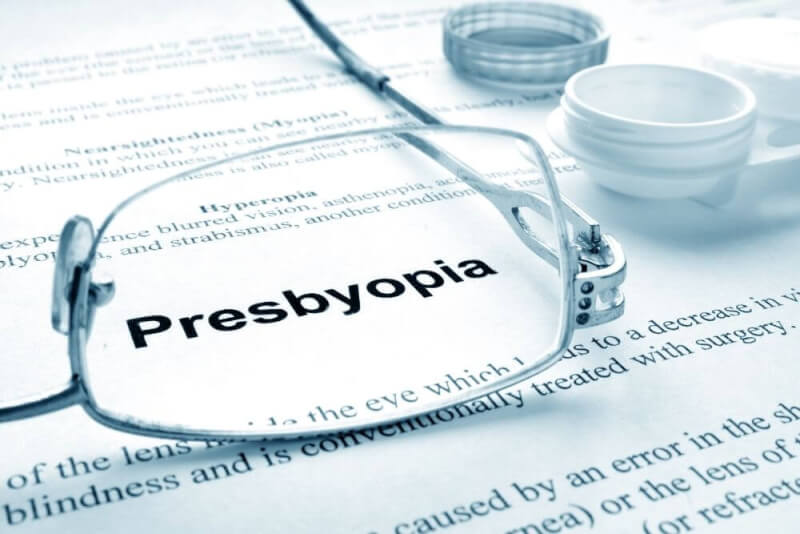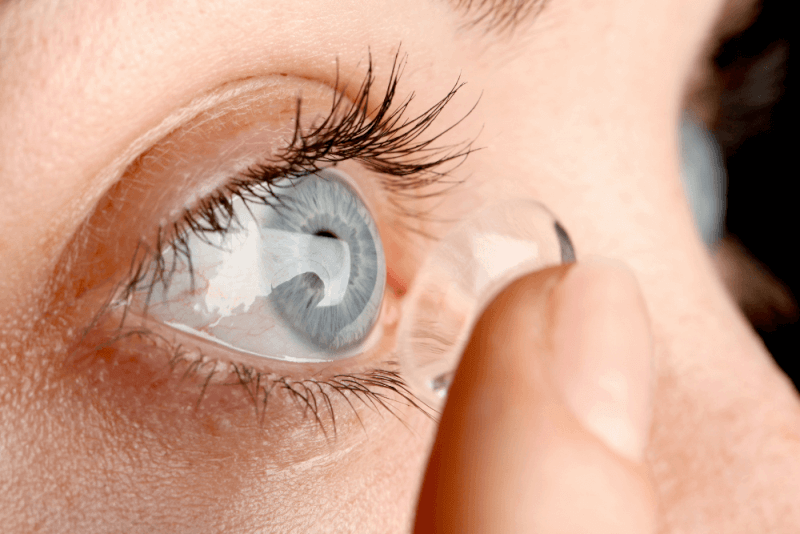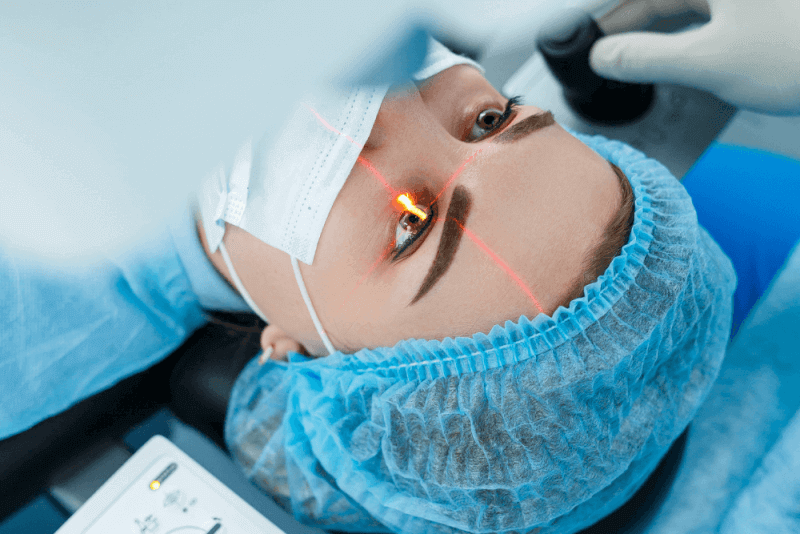What is presbyopia?
Presbyopia, one of the health problems that occur with aging, is the decline in the adaptability and focusing ability of the eye lens. It is an eye problem that increases in severity with advancing age.
People's lenses start to harden at around the age of 14. For this reason, lenses lose their flexibility over time. The erection continues until approximately 65 years of age and finally becomes fully erect. This is recognized as a natural part of aging. Due to this anatomical change, individuals should have regular eye checks every 2 years after the age of 40. In this way, necessary measures can be taken at an early stage.
Presbyopia has the same symptoms as hyperopia. For this reason, the rays coming from objects in the area close to the eye remain at the back of the retina. In hyperopia, this problem occurs because the eyeball is short, while in presbyopia it is due to the loss of flexibility of the lens.
Presbyopia diagnosis
In order to diagnose presbyopia, the patient's complaints must first be listened to. A vision test is then performed closer than 50 centimeters. This test is called the Snellen vision test.
Presbyopia symptoms
Symptoms of presbyopia may not always be visible. Because Presbyopia is associated with different diseases. This leads to symptom suppression. Symptoms caused by presbyopia include the following.
- The desire to look away while reading or looking at an object
- Blurred vision of objects closer than 50 centimeters in later stages
- Wrinkles on the forehead caused by the inability to see clearly continuously as the disease progresses
- Needing bright light when reading
- Difficulty seeing distant objects after focusing on a nearby object
Causes of Presbyopia
The exact cause of presbyopia is not known. However, some studies have put forward some views. These views include the following.
- Hardening of the lens over time
- Loss of flexibility of the lens due to hardening of the lens
- The presence of a capsule structure in the structure of the lens
- Age-related deformation of the fibers that allow the lens to move
Some eye cells cannot heal on their own because they do not have the ability to regenerate. This is why patients need to start treatment.
Presbyopia treatment methods
In the treatment of presbyopia, glasses, also called reading glasses, that enable the vision of nearby objects are prioritized.
Lens use is recommended for people who cannot adapt to glasses. Surgical methods may be recommended for patients who are not happy with both methods. In presbyopia surgeries, laser treatment of the intraocular lens and lens surgery applications are performed.
Presbyopia surgeries
Corneal laser surgery is especially applied to people over the age of 40 who do not want to wear glasses or lenses. In addition to presbyopia, it is also suitable for people with different eye diseases.
Other eye diseases are also treated in the operation performed with the drip anesthesia method. The most important point of surgical methods is that surgical procedures offer a temporary solution if the eye number continues to progress.
What to do to prevent presbyopia from progressing
Everyone should have regular eye examinations after the age of 40. Especially people between the ages of 40 and 55 should be checked every 2-4 years, even in the absence of symptoms.
People between the ages of 55 and 65 should have regular eye checks every 1 to 3 years and people over the age of 65 should have regular eye checks every year to ensure that presbyopia is diagnosed at an early stage. With regular check-ups and attention to eye health, presbyopia is nothing to worry about.







